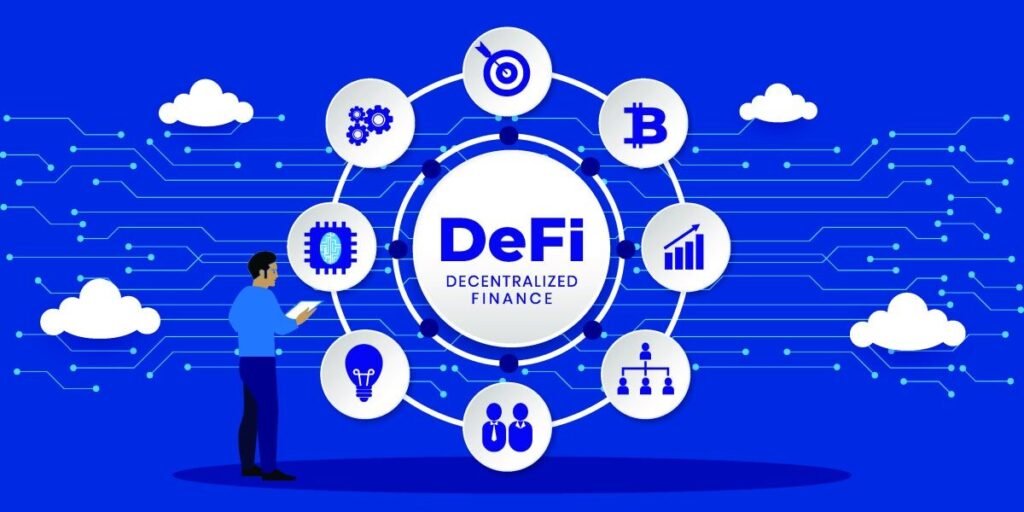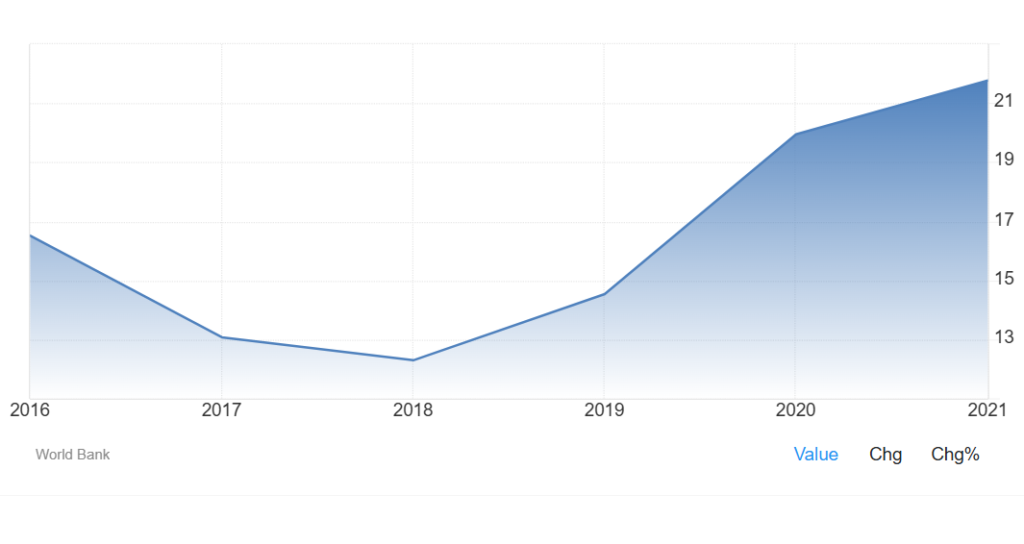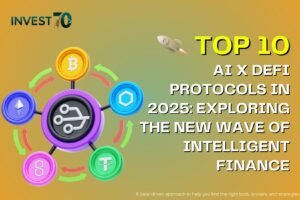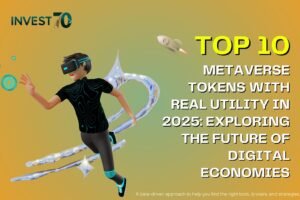The 2025 Rise of Tokenized Gold in Indonesia: Tradition Meets Web3 in a Changing Economy
2025: When Gold in Indonesia Becomes Digital and Decentralized
For centuries, gold in Indonesia has represented something far more enduring than wealth. It has functioned as a savings mechanism, a dowry gift, a hedge against financial instability, and a sacred part of family inheritance. In 2025, that same trusted commodity is undergoing a profound shift—not in value, but in form. Enabled by blockchain infrastructure, gold tokenization Indonesia is allowing investors, savers, and ordinary users to convert gold into digital tokens that can be owned, transferred, and utilized online, all while being fully backed by physical bullion stored in certified vaults. This doesn’t mark the end of traditional gold culture—it’s a digital reawakening of it. In an age where people expect speed, convenience, and mobile control over their finances, tokenized gold fits seamlessly into Indonesia’s evolving relationship with money.
Infrastructure, Regulation, and Demand Align in 2025
The convergence of favorable regulation, consumer demand, and digital infrastructure is accelerating tokenized gold adoption in 2025. Regulatory bodies like BAPPEBTI and OJK have steadily clarified how crypto assets and commodity-backed tokens should be treated, reducing the legal gray areas that once slowed institutional involvement. Meanwhile, mobile-native fintech platforms are creating onramps that are simple enough for first-time users yet robust enough for serious investors. Thanks to improved internet connectivity, better smartphone penetration, and growing digital financial literacy, more Indonesians—especially in second-tier cities and rural regions—are experimenting with tokenized gold. With apps offering instant micro-investments as low as IDR 5,000, gold is no longer an elite asset. Today, gold tokenization Indonesia is seen as an accessible gateway to both savings and the larger Web3 ecosystem.
From Passive Savings to Active Asset: Tokenized Gold’s New Role

Historically, Indonesian families viewed gold as something to hold and forget—a kind of financial insurance policy you might only cash in during emergencies. But in 2025, the functionality of gold is being dramatically expanded through tokenization. Digital gold tokens can now be staked in DeFi protocols, collateralized for loans, or seamlessly transferred via peer-to-peer wallets. This shift is turning gold from a passive store of value into a productive asset. Young Indonesians, in particular, are driving this transition. They appreciate the stability of gold but want assets that are integrated into the digital environments where they spend most of their financial lives. For them, gold tokenization Indonesia isn’t just about security—it’s about making gold work, earn, and move like any other digital asset in the Web3 world.
DeFi Integration and Web3 Ecosystem Growth

Source: Rootstrap
As decentralized finance matures, gold-backed tokens are becoming critical liquidity instruments. In Indonesia, a growing number of platforms now allow users to lend, borrow, or earn yield on tokenized gold while maintaining full exposure to its underlying value. This is a dramatic departure from traditional gold ownership, where the asset sat idle and inaccessible. In 2025, gold tokenization Indonesia is being driven by integrations that let users plug their gold into liquidity pools, earn daily interest in stablecoins, or automate contributions to digital retirement portfolios. It’s not only changing how Indonesians use gold—it’s expanding their entire understanding of what an asset can be. In many ways, tokenized gold is becoming the entry point for conservative savers to step into the wider world of Web3 finance without sacrificing safety.
Cultural Compatibility: A Rare Advantage in Fintech Adoption
One reason why tokenized gold is flourishing in Indonesia faster than in many other markets is cultural compatibility. Gold is already deeply embedded in Indonesian society—not just financially, but spiritually and emotionally. It’s considered halal, dignified, and time-tested. This gives tokenized gold a rare advantage: it doesn’t require people to shift their cultural values, just their methods of access. In 2025, gold tokenization Indonesia is resonating particularly well with Muslim communities, as sharia-compliant platforms emerge that pair blockchain technology with ethical financial structures. These platforms are now exploring zakat features, waqf contributions, and even gold-based group savings plans—all tokenized and verified on-chain. By aligning cultural trust with technological innovation, tokenized gold has found fertile ground in a market eager for digital tools that don’t disrupt core beliefs.
Regional Ripple Effects and Indonesia’s Strategic Role

Source: Investopedia
Indonesia’s tokenized gold movement is not only a domestic development—it’s influencing regional fintech and remittance strategies across ASEAN. With millions of Indonesians working abroad, the appeal of sending digital gold back home instead of fiat currencies is gaining traction. Some 2025 pilot projects now allow migrant workers in Malaysia or Saudi Arabia to purchase tokenized gold abroad and transfer it instantly to family wallets in Java or Sumatra. These cross-border use cases could significantly reduce remittance costs and improve capital retention for households. Beyond that, Indonesia’s success is becoming a regional blueprint for how to align gold tokenization with cultural relevance, economic inclusion, and regulatory oversight. As tokenized gold becomes more liquid and interoperable, it’s increasingly viewed as a foundational asset for Southeast Asia’s broader digital economy.
Looking Ahead: Gold Tokenization Indonesia- Will Tokenized Gold Become the New Norm?

Source: Trading Economics
While still in its early phases, the momentum behind tokenized gold suggests that it may become the preferred form of gold ownership in Indonesia over the next decade. Already, discussions are underway about integrating tokenized gold into national ID-linked financial systems and retirement schemes. Platforms are experimenting with QRIS-compatible payments using tokenized gold, potentially allowing people to spend their savings without converting to fiat. There is also talk of expanding government-sponsored savings programs to include gold-backed digital assets, especially for low-income families. These developments point toward a future where gold tokenization Indonesia isn’t just a niche trend—it’s embedded into the financial mainstream. As adoption grows, the line between traditional gold and digital gold will blur—and for many Indonesians, that will be a welcome evolution.
Conclusion: In 2025, Gold Tokenization Is a Quiet Revolution in Indonesia
While it may lack the flash of crypto hype or the sensationalism of stock market swings, gold tokenization Indonesia in 2025 represents one of the most quietly transformative shifts in the region’s financial landscape. It brings together cultural trust, regulatory clarity, technological accessibility, and real-world usability—all wrapped in an asset that Indonesians already understand and value. This is not a fleeting trend. It’s a sustainable, inclusive, and culturally relevant way forward for gold investing in a digitally connected future. As blockchain becomes more embedded in everyday life, expect tokenized gold to take a central role in how Indonesia saves, shares, and secures wealth.




